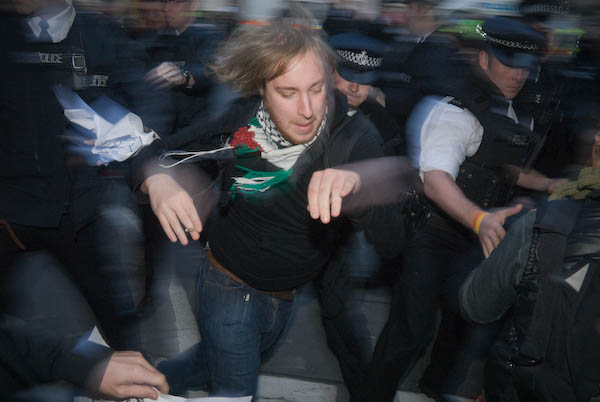I’ve always had a rather edgy relationship with flash. Of course like most photographers of my era I grew up with the conviction that it was a mortal sin, thanks to guys like Henri Cartier-Bresson and Robert Frank. Available light was everything, and as much as striking a match would somehow destroy the vital integrity of the moment.
It’s still a way I like working, at least at times, but there are other occasions on which really my Leica, even with film pushed to ISO 1600 and the great old 35mm f1.4 won’t deliver. The M8 doesn’t help a lot, turning that 35mm a standard lens, and its performance above ISO 640 isn’t too great.
Digital has led to a distinct rise in what people expect – at least technically – from work in poor light. My library would almost certainly now reject those great grainy images I still rather like, and the best modern digital cameras can now deliver results at high ISO that a few years back we would have thought impossible (and still are impossible with film.)
But that still leaves me with a problem. First I haven’t got a Nikon D3, and the D200, while a fine camera, is best used below ISO 1000. Then there is the matter of lenses. Because of the smaller sensor, what I’d really like for that camera in low light is something like a 20mm f1.4 lens. What I tend to be using is a zoom lens with a maximum aperture around f4. Sigma do actually make a 20mm f1.8, so perhaps I should try one.
Back to my sins, (and there are even yet photographers fighting some kind of rearguard action against digital that seems to me more religious than practical,) digital cameras and modern flash technology have actually greatly simplified matters, making fill flash, once a tedious necessity that I struggled with roughly twice a year, part of my normal daily routine. Probably a majority of the pictures that end up on My London Diary use it, though not always too obviously.

Freedom to Protest – last Saturday at Downing St (C) Peter Marshall, 2008
Flash at night – and it was getting dark when I too the picture above – still presents a few problems, and thanks to my poor luck and inability to keep hold of a working SB-800 with it’s all-singing i-TTL flash system, one which I’ve recently been getting to grips with using an older SB-80DX unit. I’ve actually come to quite like the simple and slightly Luddite approach this requires, and when I once more have a system that actually talks to my camera may just try and stick with it.